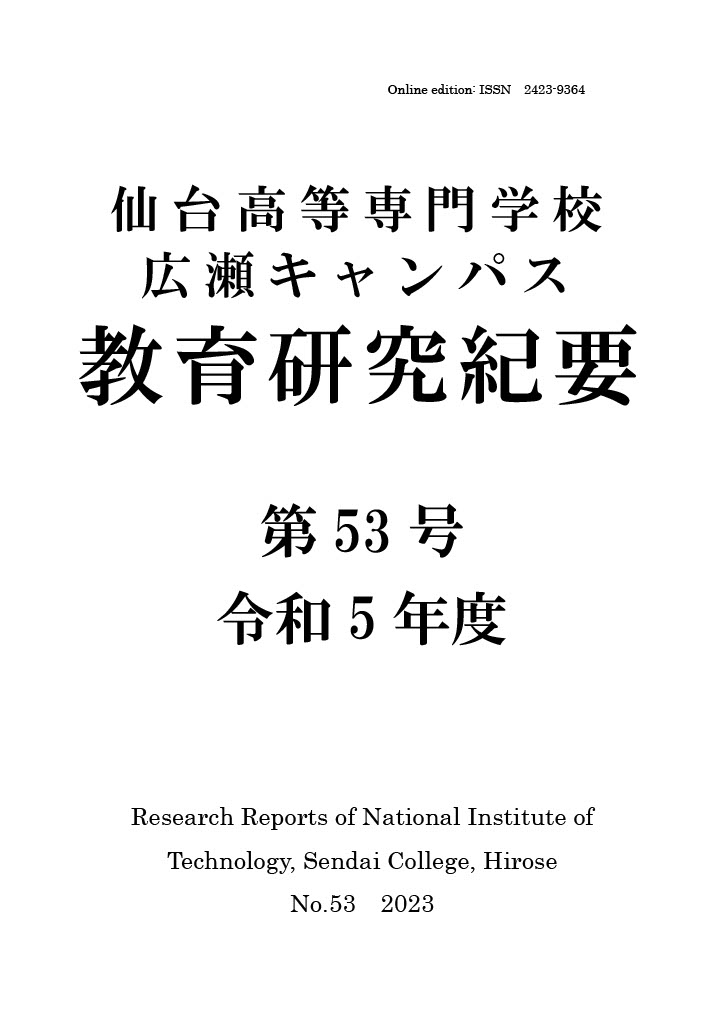The purpose of this study was to analyze the results of the new physical fitness test conducted on first-year students at Hirose Campus in 2022, immediately upon enrollment and six months later, to reveal the state of their physical fitness and obtain foundational data for the effective implementation of future health and physical education classes. Through this study, the following findings were revealed:
1. While nationwide physical fitness and athletic ability peak around the age of 17, students' fitness levels showed no improvement over time, suggesting they may not be improving their fitness at the appropriate stage.
2. The physical fitness level of first-year students at Hirose Campus was estimated to be similar to that of middle school students, specifically around the first or second year of middle school when compared nationally.
In future health and physical education classes, it is crucial to develop programs that not only improve physical fitness during class but also instill in students the ability to build and maintain a healthy lifestyle throughout their lives. This study successfully provided foundational data for improving future health and physical education classes by objectively assessing students' physical fitness levels.
View full abstract
